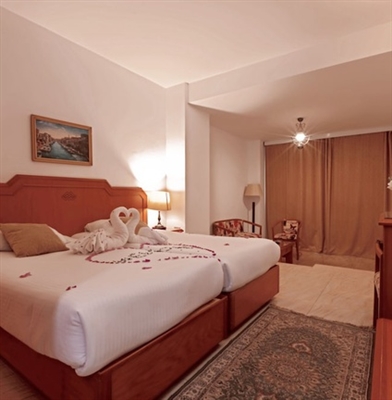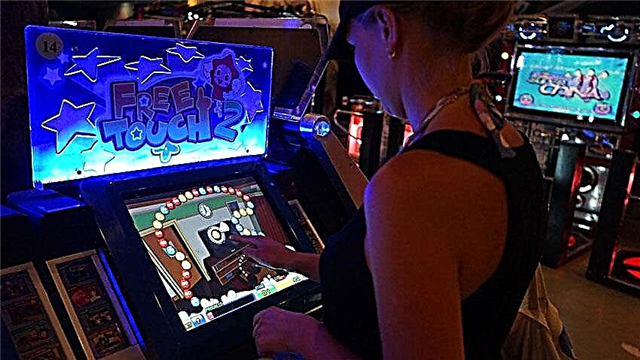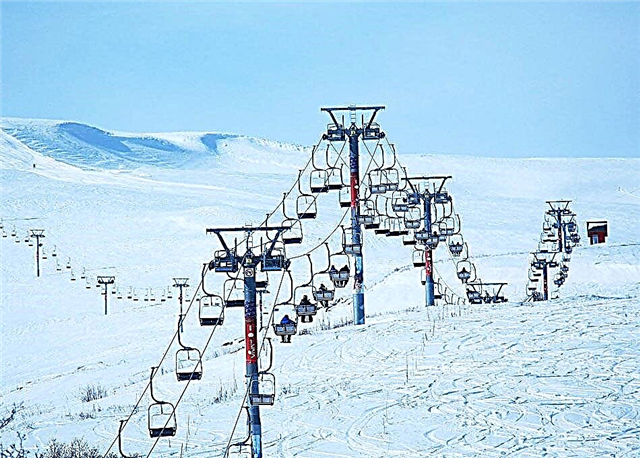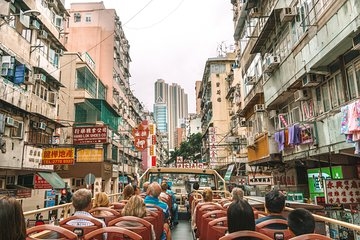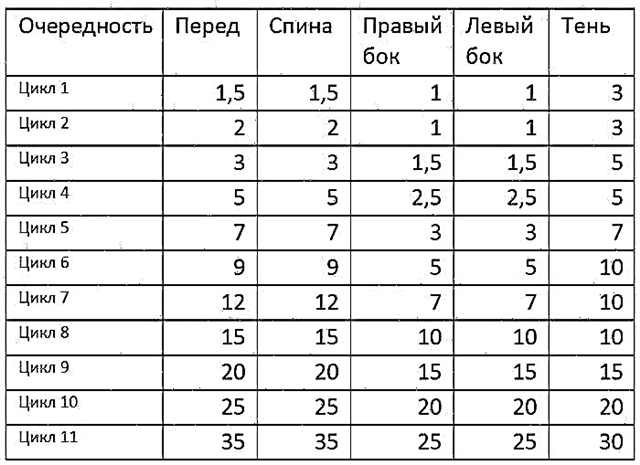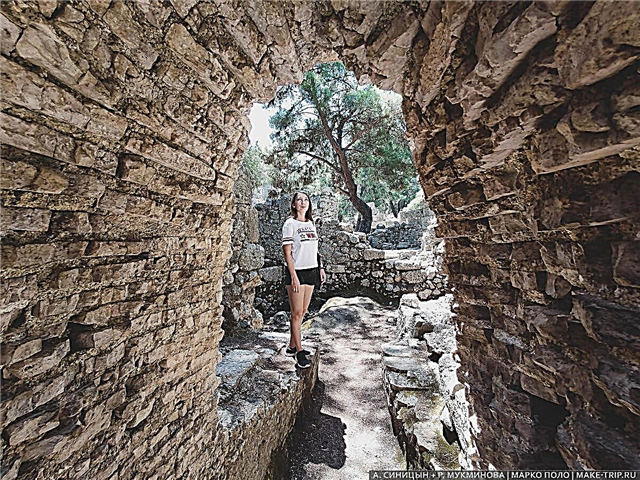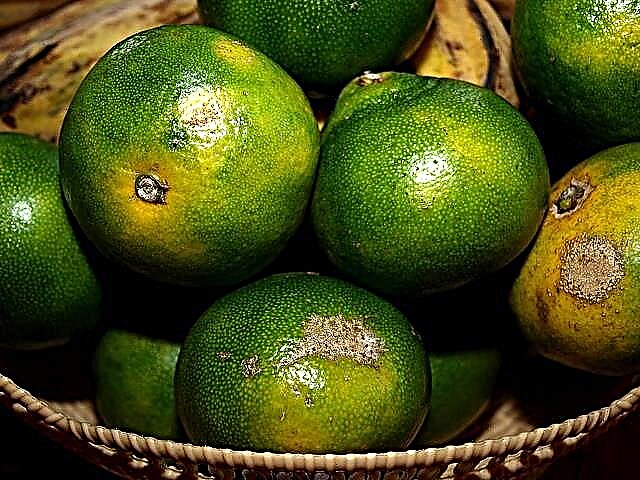This is one of the most fabulous places on Earth! We tell you about our experience of independent travel to the Philippines: transport, food, prices, beaches, cheap accommodation and tips. Read on, get inspired and go on a trip in 2021!
Exchange rate: 1 Philippine Peso (PHP) ≈ 1.5 RUB.
How to get around the Philippines on your own
The Philippines is an island country, so there is a wide choice of transport - from the usual buses to exotic tricycles and jeepney. Moving between the islands is quite convenient - you can almost always get where you need to, by water, air or land.
Water transport
There is no shortage of water transport in the Philippines: the islands are connected by ferries, boats, sailboats and boats. There are both large ferry companies with trustworthy ferries (OceanJet) and small ones (their ferries are usually not in the best condition). In addition, there are hydrofoils and small motor boats that can travel short distances. The cost of the ticket depends on the company and the distance. For example, the price of a ticket for the Cebu-Tagbilaran ferry from OceanJet costs about 400 pesos. Do not forget about the port tax - from 5 to 25 pesos.

Land transport
Land transport is even more diverse than water transport. You can get around on more familiar buses, taxis, trains (around the island of Luzon), or take a chance and use more exotic, Philippine transport - tricycles (tricycles) and jeepney.
Tricycles, or tricycles, represent a motorcycle or moped with a booth for passengers attached to it. This method is extremely common, especially in big cities, and it is very cheap - from 7 pesos per kilometer (depending on the city and distance).
Jeepney Is one of the most popular modes of transportation. It is a mixture of an American jeep and a minibus without windows or doors. As a rule, drivers paste over their Jeepney with all kinds of multi-colored stickers. It is definitely worth taking a ride on such a colorful and unusual form of transport! Jeepney can be stopped on the road and jumped on the back step, or even ride on the roof. The fare is about 8 pesos.
Filipinos also move on motorcycles, sometimes in whole groups of 5-7 people - I think not every tourist will dare to do this. Extremely, you will not say anything.
Buses mainly used for communication between cities, but they can take you to another island (by ferry). There are both comfortable and not very comfortable ones. In addition, there are a variety of minibuses - a la our minibuses. There are also trains on the island of Luzon, which connect the capital with the northern and southern cities of the island.
If you are used to driving in comfort, then you can always catch Taxi, besides, they are quite inexpensive here. Or you can rent a car.

Air Transport
You can easily travel around the Philippines on your own by plane - there are a huge number of airports on the islands. The two largest airports are located in Manila and Cebu. They are used for both local and international flights. Philippine Airlines, Qatar Airways, Etihad Airways, Cebu Pacific, low-cost airline Air Asia and others arrive here.
Local flights operate daily from Manila. Popular airlines: Zest Air (Air Asia), Philippine Airlines, AirphilExpress, Cebu Pacific Air, SEAIR.
Please note that in some cases you will have to pay a fee upon departure, and sometimes it is included in the ticket price. Check with your airline representative for this information. For example, when we flew from Tagbilaran, we had to pay 100 pesos.
Visa for the Philippines
High season, rainy and typhoon season in the Philippines
The season in the Philippines starts in December - you hardly want to witness tropical showers and typhoons that happen here from May to November, and wait out the bad weather at the hotel. The sea in the season is stunningly transparent and indescribably beautiful color! In such crystal clear water, only snorkeling and diving can be done.
Typhoons peak in August, however, there is a risk of their occurrence even in the high season - for example, we caught typhoon Melor in mid-December 2015, which hit Luzon. Fortunately, we were at that time on Bantayan Island at a distance of 300 km from the typhoon, and the only thing we saw were clouds and a little rain.
Remember that the most "risky" island is Luzon - more precisely, its northern part, falling into the so-called typhoon zone. But the farther the island is to the south, the less likely it is to catch bad weather.
What to see in the Philippines on your own
If you have planned an independent trip to the Philippines, you should get used to the thought that you will not be able to explore all the islands - there are more than seven thousand of them. The most popular islands visited by travelers are Boracay, Cebu, Luzon, Mindanao, Palawan, Negros, Bohol.
Before you go to the Philippines, you need to decide what you are going there for: enjoy the sun and sea on the beach, explore the islands, explore the underwater world or go sightseeing.
Do not forget to take out insurance, especially if you are going to rent a bike or do active sports.
Boracay
The greatest demand among tourists is the island of Boracay. This small island, which can be easily explored on foot, is ideal for a beach holiday. Anyone will like it here: there are secluded places, and nightclubs, and the opportunity to go in for sports (windsurfers and kitesurfers are concentrated on Bulabog Beach). The most famous beach is White Beach. The island has a mangrove forest (Bakhawan eco-park).

Luzon
Many believe that it is from this island that you need to start an independent study of the Philippines. Often the capital of the state - Manila - is undeservedly left without attention. And in vain - it is worth at least two days to devote to it and the island. In Manila, first of all, you need to explore the historic Intramuros quarter, built by the Spanish colonialists, and the Makati business district. And Luzon is known for the amazing mountain resort Baguio and natural attractions - the Banahoa, Taal and Mayon volcanoes, rice terraces, Magdalio Falls and Sagada Caves.

Cebu
On the island of Cebu and the satellite islands, there are numerous hotels, including respectable ones. The island is the second largest and oldest, there are many historical sights and architectural monuments: the Minore del Santo Niño Basilica, the Last Sapper Chapel, the Church of St. Augustine, Fort San Pedro, the Magellan Monument and much more. Near Cebu there is a wonderful Bantayan Island - perfect for a measured life and secluded relaxation (this is where we mostly rested).
Palawan
Eco-tourism lovers will definitely love Palawan. Uninhabited islands and unspoilt nature, Puerto Princesa Subterranean River National Park and El Nido - all this can turn the head of anyone.

Bohol
It is worth going to Bohol for the famous Chocolate Hills and Tarsiers, picturesque waterfalls, caves and a nature reserve. Bohol is surrounded by 70 small islands that are also interesting to explore. He and the satellite islands are great for diving.
Of course, this is not the end of the interesting islands - we have listed only the most famous ones for you. You can find something to your liking on almost every island. It will definitely not be boring for independent travelers in the Philippines!

About daily bread: food in the Philippines
When you travel to the Philippines on your own, pay special attention to the local cuisine. It differs slightly in different parts of the Philippines. The main ingredient is, of course, rice, as Filipino cuisine is typically Asian cuisine.Filipinos love to add seafood, tropical fruits, coconut milk and shavings, a variety of spices to their dishes (although, compared to neighboring Vietnam, Filipino cuisine spares the European stomach). In addition to rice, noodles and vegetables are common on the islands as a side dish.
Things to try on a self-guided trip to the Philippines:
- Lechon - suckling pig roasted on a spit;
- Siniganga - broth with clams or shrimps, seasoned with fruit;
- Carabao - ox meat;
- Caret-caret - ox tail soup and much more.

As for desserts, then they are mainly prepared from local tropical fruits or from rice and coconut: cakes, pastries, ice cream, jams. Recommended halo halo (ice cream with fruit), durian candy, rice cakes.
Alcohol: Sample Philippine rum, beer and palm wine.
When traveling the Philippines on your own, stick to the well-known rule: eat where the locals eat. This way you will get acquainted with all the traditional dishes of the local cuisine, besides, in the unassuming-looking establishments for the locals, usually the most delicious dishes (and prices). If you are tired of exotic dishes, on the islands you can easily find cafes and restaurants offering European cuisine.
Prices for food in inexpensive cafes:
- rice - 10 pesos;
- grilled pork (3 kebabs) - 20 pesos;
- grilled chicken leg - 45-50 pesos;
- a plate of vegetables - 20 pesos;
- seafood - 40-50 per plate;
- rice with pork and eggs - from 45 pesos;
- instant coffee or tea - 15 pesos;
- a small portion of soup - from 35 pesos;
- grilled squid - 85 pesos.
Read more in the article about prices in the Philippines.
Accommodation: guesthouse or hotel?
Those who travel to the Philippines on their own do not need to worry about housing - here you will find it in the required quantity. Hotels, apartments, bungalows, houses, villas - the choice is impressive! We advise you to look for hotels on the Rumguru service, but for private accommodation (villas, apartments, etc.) - on Airbnb. Thrifty travelers are advised to book accommodation a little further from the sea - the cost will be much cheaper.
Please note that there are practically no hotels under $ 11 in Manila. We stayed at the Wanderers Guest House in the Malate area, a very small and stuffy room without a window with a fan costs 800 pesos for two - highly discouraged. Spartan conditions, bathroom on the floor. Then we walked the streets and found a wonderful guesthouse Chill Out - very cozy and homey (address: 612 Remedios Street). There is a spacious room with a fan, a private bathroom and a window. It costs 1200 pesos. You can drink tea and coffee free of charge.
In Cebu we also stayed in two hotels (and both were with cockroaches). The first is Cebu Elicon House for 1050 pesos, has a bathroom and air conditioning, but wifi only in the lobby. Address: P. Del Rosario Cebu City.
The second is McSherry Pension House, very cheap - 600 pesos for an air-conditioned room with a bathroom and a desk. The room is shabby, with insects, but you can spend the night. Wi-Fi only catches well on the first floor. Address: at the intersection of Pelaez and Sanciangko, there will be a signpost.

Withdraw money in the Philippines
Before the trip, we collected information about which ATMs in the Philippines you can withdraw money without commission. It turned out that all ATMs charge a fee of 200 pesos, except for Citibank (however, only for bank customers; the limit is 15 thousand pesos). The maximum amount dispensed by ATMs is basically 10,000 pesos at a time. According to reviews, you can withdraw 20 thousand at BPI (checked, filmed at Cebu airport), at BDO you can withdraw cash in dollars, and HSBC can issue as much as 40 thousand pesos (we did not get this ATM and could not verify the information).
Communications and mobile internet in the Philippines
The most popular operators are Globe and Smart. Simka Smart costs 50 pesos, Globe - 100 pesos. Buy a prepaid plan. It's better not to take Globe Tattoo - then it is almost impossible to find a place where you could replenish your balance (ask "load"). But there are many more tents with the Smart sign. The tariffs for both operators are approximately the same: 50 pesos per day, 299 per week and 999 per month.
Our Tips
Arm yourself with our country tips, they'll be helpful:
- Filipinos are friendly and smiling, but distinguish between kindness and self-interest: in big cities, helpers beg for money for their help, but in the provinces they don’t.
- There are many poor people and beggars on the islands, especially children.
- We recommend allocating as little time as possible to Manila and Cebu City - even one day is enough for each city. Dirty, noisy, ugly, uninteresting, full of tourists.
- Beware of thieves and pickpockets, do not leave bags unattended for a second - at our Cebu airport they almost stole a backpack while we were unpacking our luggage (a suspicious person was rubbing nearby and staring at a billboard - we just managed to notice that the backpack was unbuttoned).
- Filipinos are slow and lazy people. Planes, ferries and buses are constantly delayed, so allow for extra time when traveling.
- At the entrances to shopping malls, shops, banks and the subway, there are guards with shotguns, they check bags and grope those who enter.
- Local residents speak excellent English, but sometimes, if they do not know the answer to your question, they can answer at random - for example, this happened with us in the subway.
- Buy plug adapters in advance or at local supermarkets.
- Filipinos are very fond of all sorts of fees - fees and surcharges, so do not be surprised when you are asked to pay an extra 5-10 pesos.


